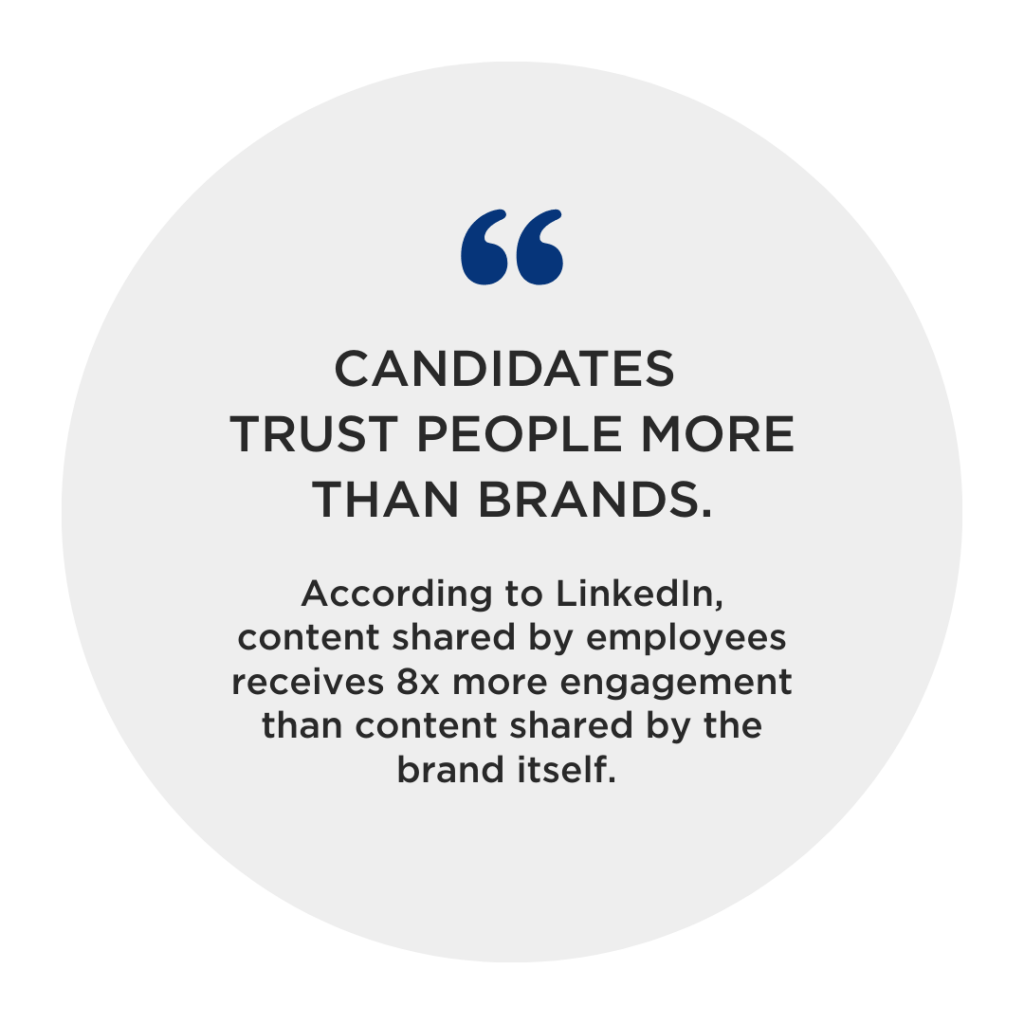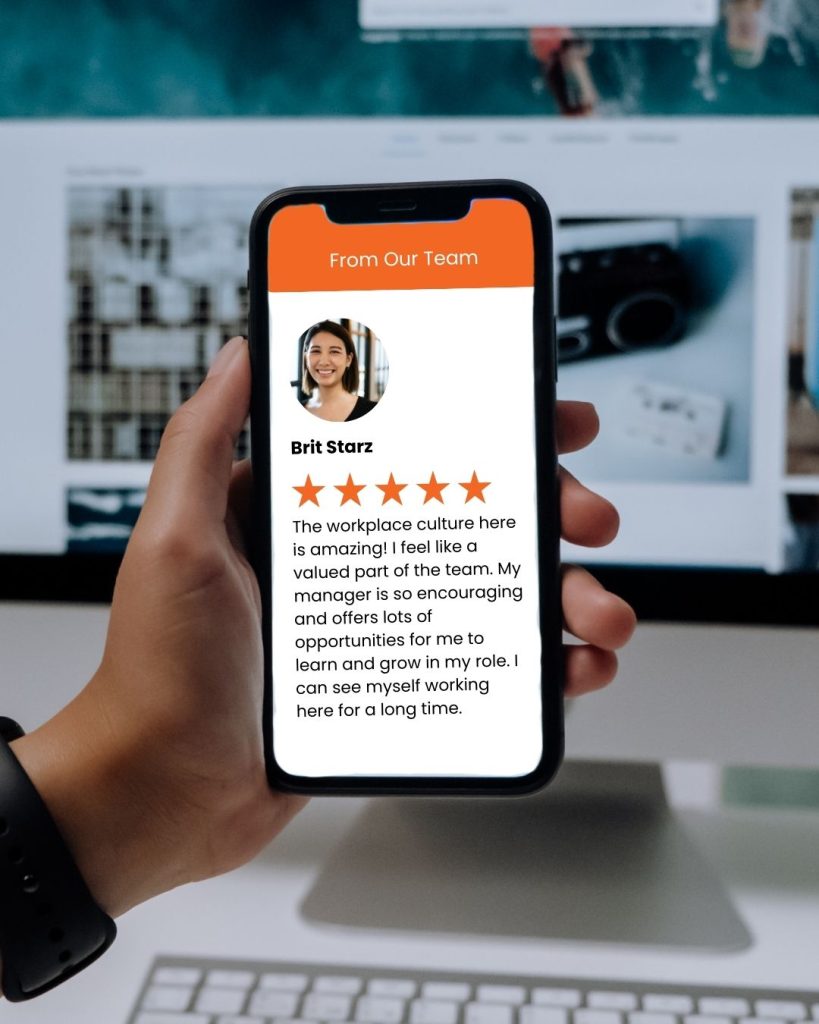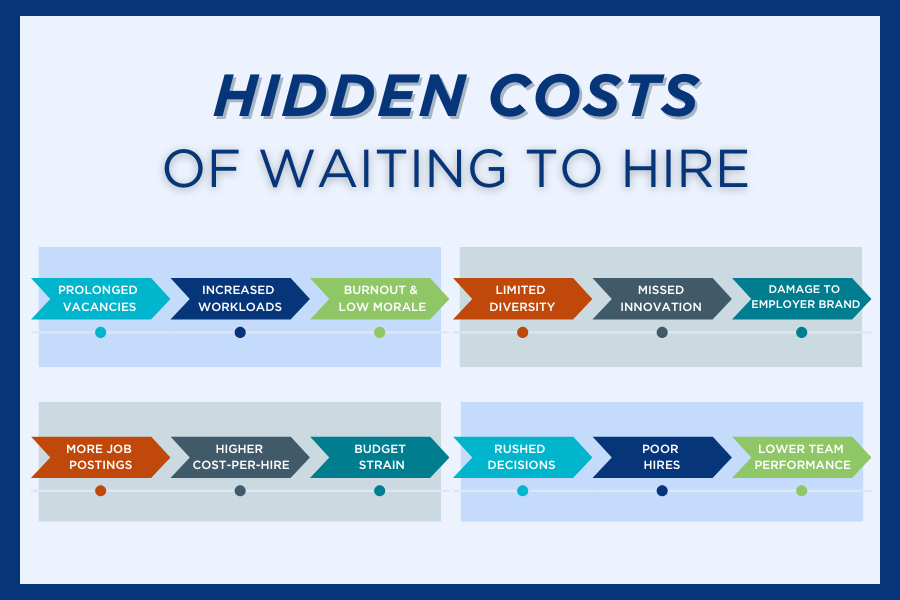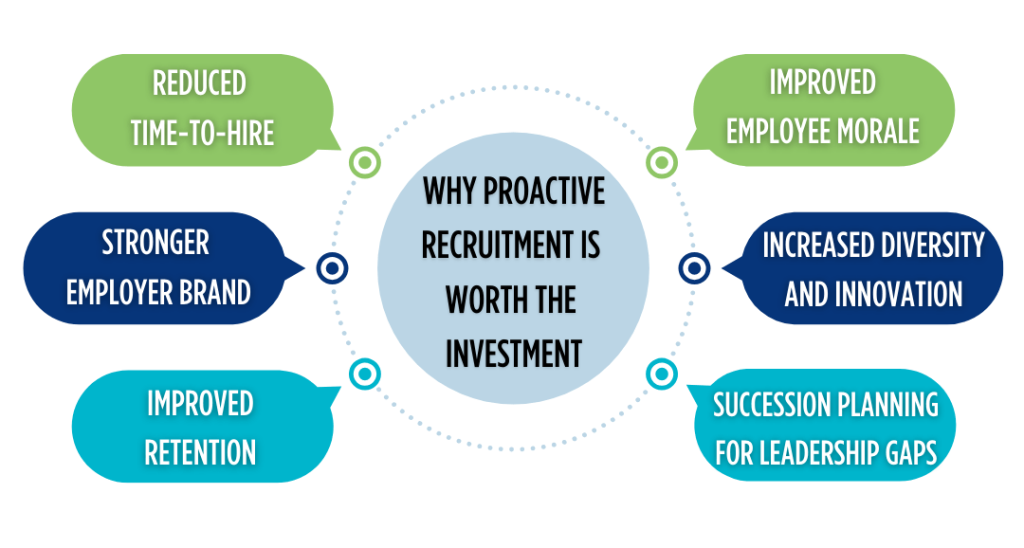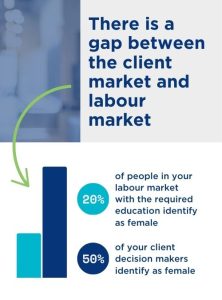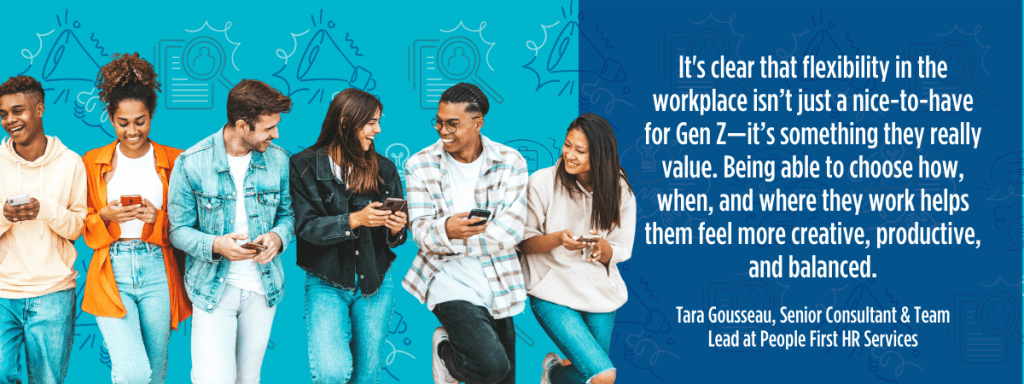Making sense of the changing DEI landscape
By Deanna Lanoway, Executive Consultant
Over the past five years, the DEI landscape has witnessed a rollercoaster of change. While progress has been made, recent shifts in approaches from large organizations have left many wondering if we’re moving forward or backward. From corporate rollbacks to evolving terminology, organizations are re-evaluating their strategies, at least partly in response to political, legal, and social influence.
As we navigate the changing DEI landscape, one thing remains clear: the conversation around diversity, equity, and inclusion is far from over. Instead, it is evolving—challenging organizations to reconsider not just their language but their long-term commitment to creating equitable workplaces.
Shifting Priorities in Corporate DEI
In April 2023, Harvard Business Review published an article, written by Andrew Winston, titled “Why Business Leaders Must Resist the Anti-ESG Movement”. It coincided with the US Supreme Court decision that effectively ended policies that allowed race to be a factor in college admissions in the US. Since that time, we have seen political shifts both in North America and across the globe, and changes that seem to be leading in a different direction.
In recent months, Walmart, McDonalds, Molson-Coors, and Meta all announced an end to their official DEI programming. Although the companies state that they remain committed to inclusion, they will no longer pursue specific goals involving underrepresented groups. Costco faced a proposal from an individual shareholder to follow a similar path, which was opposed by the Board of Directors and ultimately rejected.
Canada’s first high-profile shift happened in January, when the University of Alberta announced that they were shifting from DEI to ACB, an acronym for Access, Community, and Belonging. This marked the first major institution in Canada to drop what they called ‘polarizing’ language.
The University of Alberta’s ABC Approach
The University of Alberta website states that this change in approach is not a rebranding, but an exercise in expanding and switching their focus from acronyms to outcomes. They defined the elements as:
- Access ensures all have the opportunities to succeed and flourish, by dismantling barriers.
- Belonging creates an environment where individuals feel seen, valued, and supported.
- Community emphasizes connection and shared purpose.
The University of Alberta held focused consultations on their new plan as early as 2023, and they have more open consultation sessions planned for this winter. They released a brief report of the initial consultations, which included a primary theme that practical support for equity is needed. The University collected feedback that felt familiar to those of us who work in this space, including that some individuals refuse to consider equity in their decisions, and candidates from equity-deserving groups were seen as ‘less than’ from the start.
In the face of this feedback, which is common across all kinds of companies and organizations, practitioners must accept that while definite gains have been made in creating more equitable and inclusive environments, there is much work to be done. Perhaps the tactics that got us this far as a society need to be adapted to make further progress.
The University of Alberta’s documentation stated:
The necessity for clear, well-articulated key messaging emerged as essential, alongside the establishment of transformative and sustainable systems that remain unaffected by leadership changes. This approach acknowledges the critical interplay between systems and individual relationships, emphasizing the role of personal commitment in the EDI journey.
It remains to be seen if the U of A will be successful in establishing clear, well-articulated key messaging with the shift to ACB. Openness to the program will be key. We know that constantly evolving language about DEI can be confusing to many.
Role of language in DEI’s Evolution
Changing terminology may be cited as an excuse for some to avoid personal accountability for how the words we use affect others. However, language changes actually demonstrate progress. We see language changes, particularly around identities, as society creates an atmosphere where marginalized people feel comfortable enough to express how words make them feel. Inclusion drives evolving language, which then fosters more inclusion – creating a cycle that demonstrates positive societal change.
From DEI to IDEA: A Shift to Include Accessibility
One language change that is taking hold is the shift from DEI(B) to IDEA (Inclusion, Diversity, Equity, and Accessibility). The rationale for the switch is to incorporate accessibility, ensuring a focus on individuals with disabilities. This is particularly critical for large organizations operating over multiple jurisdictions with differing legal accessibility obligations. By establishing accessibility as an overt goal, accountability rises above adherence to exceeding compliance, and into best practices. While some organizations have adopted it as a decision-making framework, others may be seeking to rebrand to reduce backlash and negative association with the acronym DEI.
Why DEI Still Matters in the Workplace
In today’s political climate, we’ve been hearing the argument that words like diversity or inclusion are divisive and to some that may seem like common sense. But weaponizing the acronym does not change the underlying benefits that organizations enjoy through well-run DEI or IDEA programs. By raising awareness of unconscious bias and developing systems and structures to counter it, companies create decision-making protocols that support fair processes and make it possible to leverage the unique backgrounds, knowledge bases, and perspectives of all employees.
Organizations need to decide what approach is best for them. Regardless of the language used, personal commitment can only be achieved if one accepts that there is inequity in the world, built up over many years of unconscious and conscious actions from those who preceded us. This acceptance comes through a willingness to reflect, listen, and make the effort to step into someone else’s perspective. If adaptive language makes it possible for more people to gain that acceptance, perhaps it will prove to have been the right choice for these organizations.

